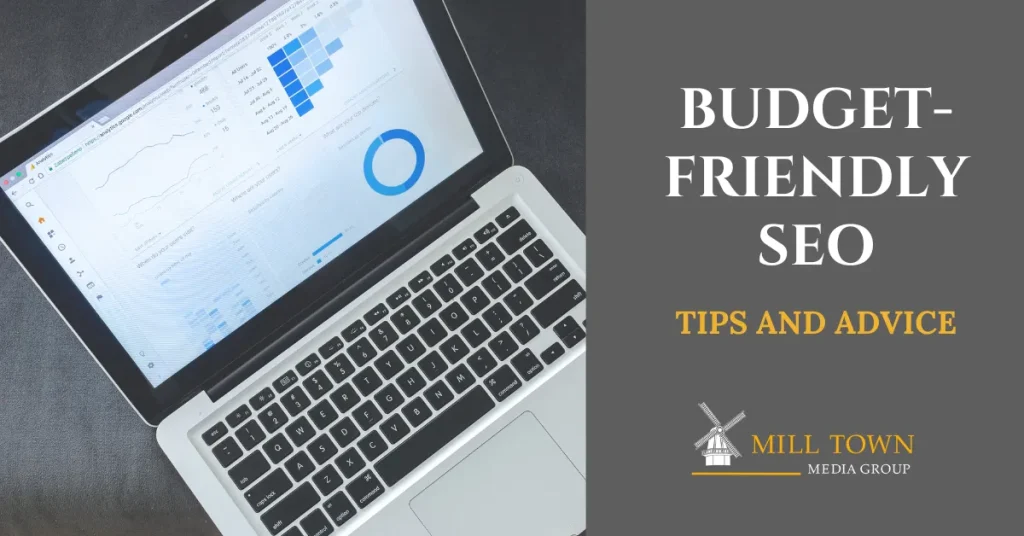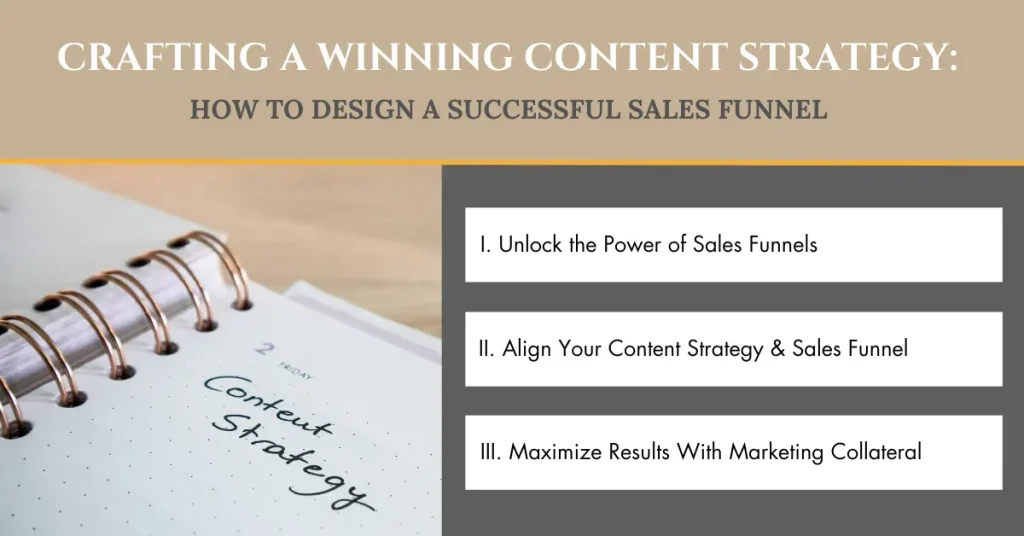Search Engine Optimization (SEO) is key for online visibility, and there are several SEO tips that can enhance your website’s attractiveness to search engines, like Google and Bing, in a cost-effective way. By implementing a robust SEO strategy, you can improve your website ranking in search results, establish your website domain as an authority in your field, and foster trust with both search engines and your visitors, helping boost your brand visibility and organic traffic.
SEO may seem costly, with an average price tag ranging from $1,300 to $3,200 a month for small- to medium-sized businesses (Ahrefs 2024). However, its true value lies in the results it delivers. Although some methods may require significant investment, there are numerous affordable SEO tools and free resources that can yield impressive results.
Well-established businesses with large budgets can afford high marketing expenditures. However, even big industry players rely on low-cost SEO strategies to obtain sustainable results, since even a modest investment in SEO can yield high returns in terms of online brand visibility.
SEO is also a dynamic field, constantly evolving alongside technology. However, blog content remains a fundamental element of successful, low-cost marketing strategies. High-quality SEO blog articles boost your website’s visibility and serve as a versatile resource that can be leveraged across multiple platforms, including social media and email marketing. By focusing on these essential elements, you can effectively enhance your website’s SEO and position your domain authority for long-term success.
7 Budget-Friendly SEO Tips
1. The Power of a Relevant Website Domain Name
A memorable and relevant website domain name is invaluable for attracting your target audience. While registering a domain incurs some costs, it is a fundamental step in building your SEO strategy. Your website domain serves as the digital location where your content is hosted, like a digital address, making it essential for effective SEO implementation, as it ensures that all strategies lead audiences to your address.
2. Choosing the Right Platform
Selecting the appropriate platform for your website is critical to the success of your SEO strategies. A well-structured website, complemented by a blog, can significantly enhance your domain’s relevance and trustworthiness. The core pillars of SEO best practices—content quality, on-page optimization, and backlinks from reputable sites—are vital for establishing your website’s credibility, which in turn helps increase your ranking on search engines.
It is important to note that while social media platforms, like a Facebook page, can broaden your reach, they do not directly improve your domain’s SEO or authority. Search engines like Google or Bing do not assign the same value to social media links as they do to editorial backlinks in blog content, which means that relying solely on social media for visibility may limit your traffic and engagement opportunities.
The below table compares the advantages of having a domain linked to a website or blog vs. a Facebook page.
| Metric | Domain linked to a website | Domain linked to a Facebook page |
|---|---|---|
| Domain Authority (DA) | Direct impact since follow links pass link equity from other sites to yours | No direct impact, as all links are no-follow |
| Organic Search Traffic | Direct impact, as SEO content can drive organic traffic | Indirect because it depends on the level of social engagement achieved |
| Backlinks | High potential for organic backlinks | Limited as they are primarily no-follow links |
| User Engagement | Higher engagement with longer sessions and lower bounce rates | May result in higher bounce rates and lower time on site |
| Social Engagement (comments, shares, likes, etc.) | Limited, it can drive traffic but has an indirect effect on SEO | No direct impact on rankings |
| Long-Term SEO Impact | Long-term SEO growth with sustained traffic | Short-term traffic with limited long-term impact |
3. The Benefits of Blogging
Integrating a blog into your website can yield substantial benefits for organic traffic, backlink building, and long-term SEO growth. Blogs provide a platform for content publishing and optimization, allowing your website to rank higher over time and build authority. Diverse content formats, like how-to guides and storytelling, ensure engagement with a wide range of audiences. The benefits of this low-cost strategy are twofold: it not only enhances your SEO efforts but also fosters ongoing engagement with your audience.
The below table compares the benefits of having a website with a blog vs. a social media page with posts.
| Metric | Website with a blog | Social media page with posts |
|---|---|---|
| Domain Authority (DA) | Direct impact through backlinks and quality content that drives organic traffic | No direct impact since social links are no-follow |
| Organic Search Traffic | Direct impact from content optimized for search engines | Traffic from shares and referrals has an indirect impact |
| Backlinks | High potential to receive backlinks from other authoritative sites | Limited opportunities for backlinks and social links are no-follow |
| User Engagement | Higher engagement with longer sessions and lower bounce rates | Social engagement only |
| Social Engagement (comments, shares, likes, etc.) | Indirect influence via social sharing buttons | Direct influence via engagement but not a search engine ranking factor |
| Content Longevity | Long-lasting content such as evergreen posts | Short-lived posts with temporary visibility on social feeds |
| Long-Term SEO Impact | Sustained SEO traffic and growth from consistent content creation | Spikes in traffic are temporary and need to be integrated with SEO efforts |
4. Streamlining Site Navigation
An organized site with simplified navigation is essential to provide visitors with a good user experience (UX) and encourage them to explore your content. This improves SEO by reducing bounce rates and increasing engagement. It also helps search engines crawl and index pages more efficiently, ensuring better visibility. Optimizing site navigation can also increase traffic flow and improve the customer journey, which search engines like Google appreciate.
5. Leveraging Free Analytics Tools
Utilizing software and plugins is a game-changer in the world of online marketing. Tools like Google Search Console and Google Analytics are invaluable for optimizing and tracking your website’s performance. These free resources provide insights into visitor demographics, user navigation patterns, and traffic sources, enabling you to make data-driven improvements to your site.
6. Considering Turnkey Websites
For those looking to streamline their online presence, turnkey websites offer a cost-effective solution. Using pre-built website templates that are ready for business allows for websites to be launched quickly, saving time and money. Depending on the complexity of your site, this can save you thousands of dollars compared to custom web design and upwards of several weeks of time.
The below table compares the main aspects of website templates vs. custom web design.
| Aspect | Website Templates | Custom Web Design |
|---|---|---|
| Setup Time | 4–16 hours for customization | 200–400 hours for custom build |
| Costs | $50-$200 for the template + $1,000+ for customization | $5,000–$50,000+, depending on the level of complexity |
| Customization Cost | $20–$75/hr for a developer | $50–$150/hr for a designer & developer |
| Maintenance | Low, as only template updates are required | Higher, as custom code updates are needed |
With SEO-optimized content and social media solutions integrated into your website, you can efficiently attract traffic by maximizing search engine visibility, all while minimizing the risks of incompatibility. Additionally, automated tools can help you build a community and engage leads through email campaigns and newsletters to further your reach and impact.
7. Exploring Link Exchanges
Link exchanges present a low-cost yet effective SEO strategy. By collaborating with other relevant websites to exchange links, you can enhance your website’s ranking without incurring significant expenses. Reach out to fellow website owners for potential link partnerships, and you may be surprised by the positive impact on your SEO performance.
Conclusion
Implementing a strong SEO strategy is crucial for improving a website’s visibility by boosting search results, establishing domain authority, and fostering trust with search engines and visitors. By prioritizing SEO-driven content, businesses can cultivate a sustainable content library that attracts organic traffic and supports long-term growth.
While SEO can be costly, there are several low-cost tools that can help professionals and entrepreneurs boost brand awareness, promote their businesses online, and drive growth, even in a competitive market.
Recognizing that not all businesses, especially startups and small companies, are able to afford high-end SEO services, we help them remain competitive in the digital marketplace while maximizing their marketing budget through boutique services, turnkey websites, and content plans that effectively integrate these cost-effective SEO strategies.
Our turnkey websites combine content marketing, social media engagement, and email strategies, forming a robust framework for low-cost SEO that can significantly enhance your online visibility and return on investment. Whether you prefer the convenience of self-service options or the personalized touch of tailored services, you can benefit from streamlined solutions, flexible plans, and comprehensive packages that maximize your marketing budget by investing in strategies that yield lasting returns.
If you are feeling overwhelmed with the demands of running your company, consider leveraging our cost-effective digital marketing services. Do not waste time and resources on expensive SEO consultants—let us help you implement aggressive yet affordable strategies tailored to your unique needs.
Book a consultation to discover how you can embrace these strategies to unlock the full potential of your digital presence!



